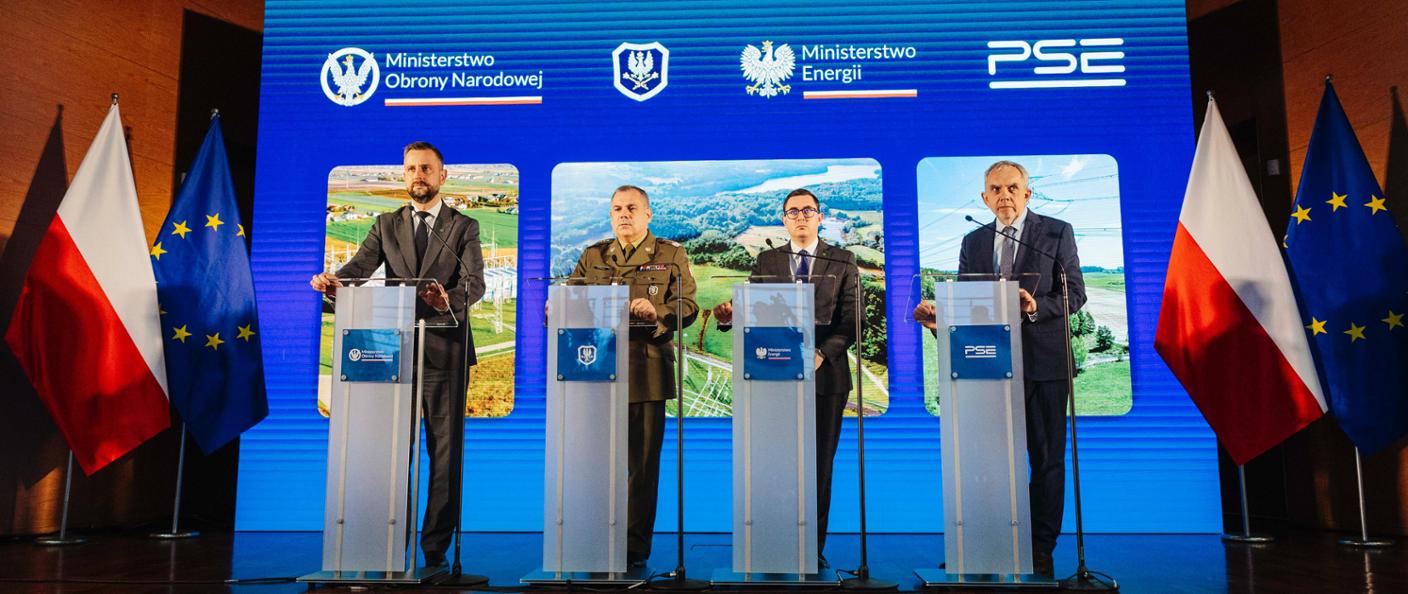The Institute of Coastal Research and Planning (VšĮ Pajūrio tyrimų ir planavimo institutas) has carried out a study on seabed alternatives to onshore interconnections for offshore wind farms.
The aim of the studies was to collect data on seabed bathymetry, to identify objects that may affect the trajectory and installation of the power lines, and to identify the features of the seabed terrain. The seabed surveys were carried out in order to assess the interconnection corridors in the Baltic Sea planned in the concept of the Engineering Infrastructure Development Plan for the Ministry of Energy.
The 1.4 GW offshore wind farms planned in the Baltic Sea off Palanga could generate up to 6 TWh of green electricity per year, which would provide up to half of Lithuania’s current electricity demand and reduce the country’s dependence on electricity imports. The projects will also attract around €3 billion in investment and create at least 1 300 new jobs.
Source: offshorewindparks.lt












